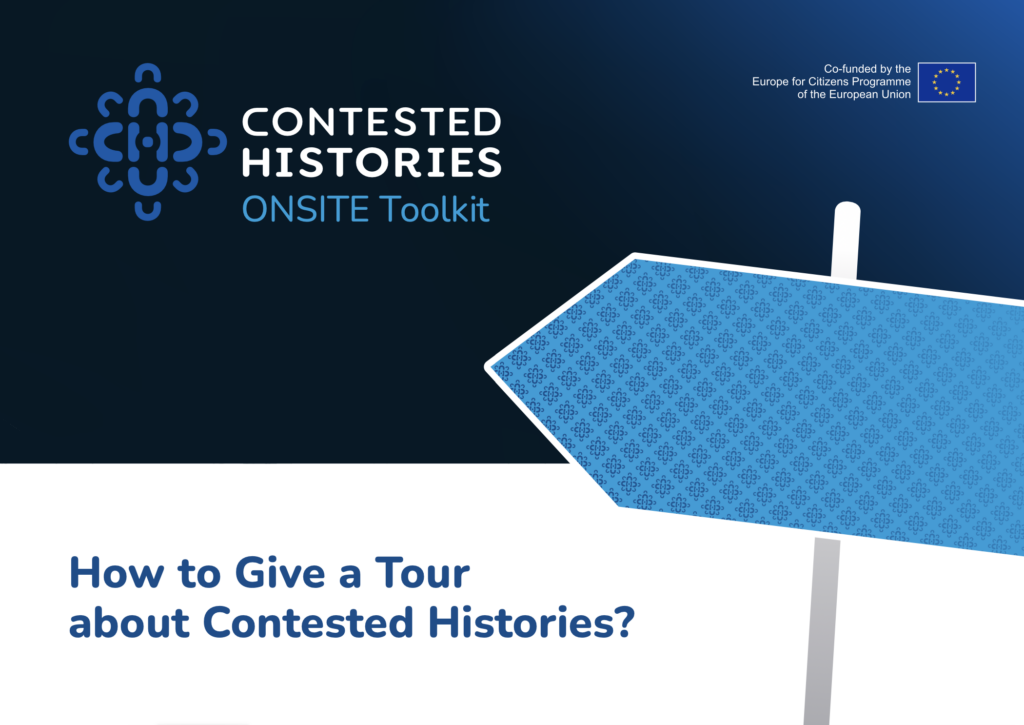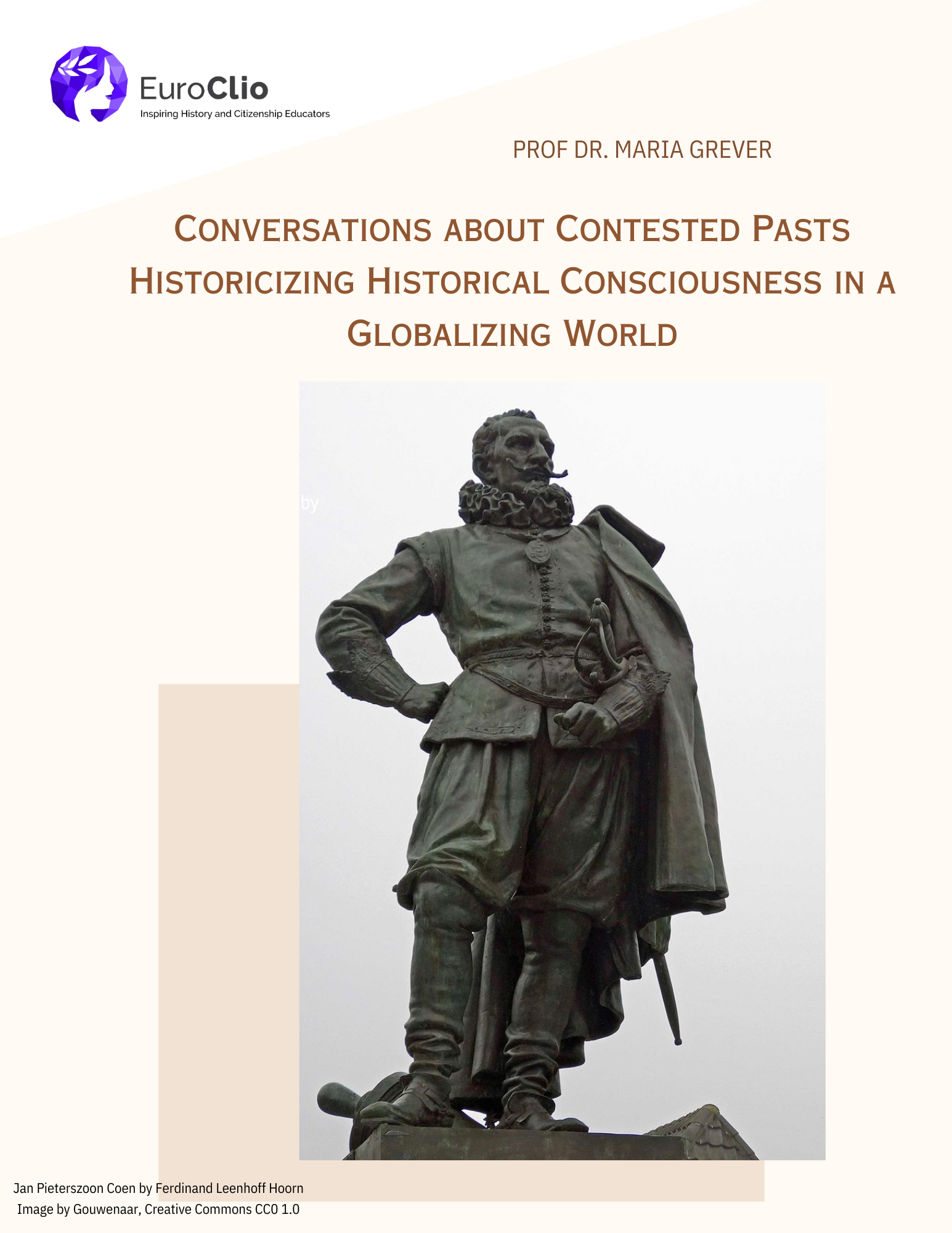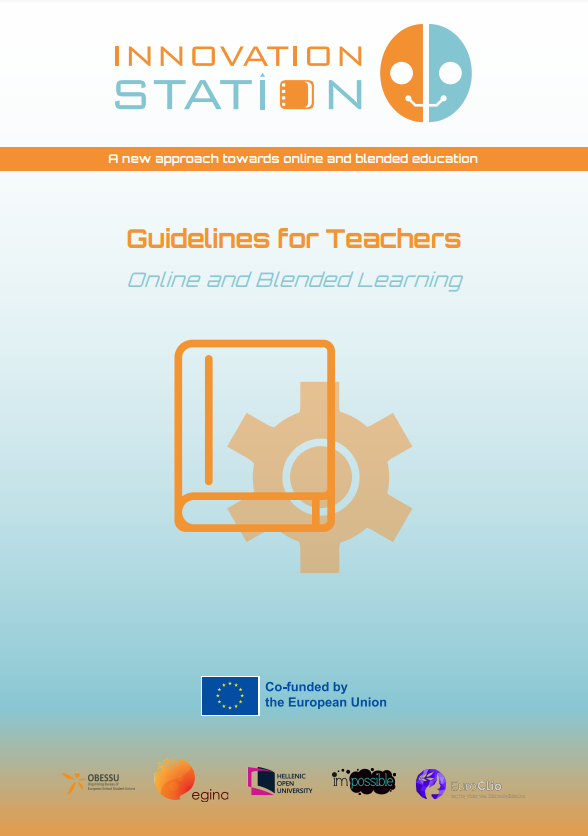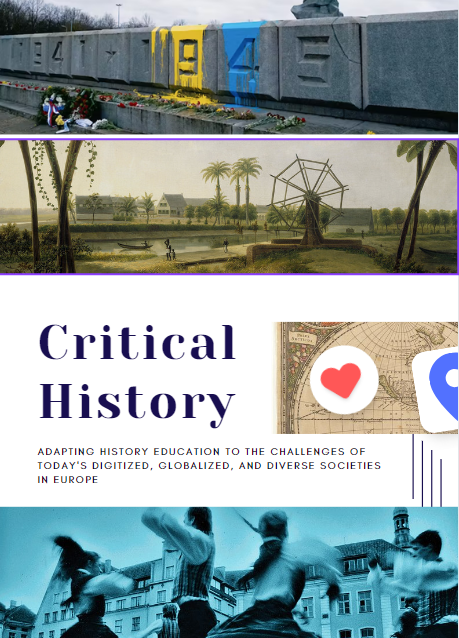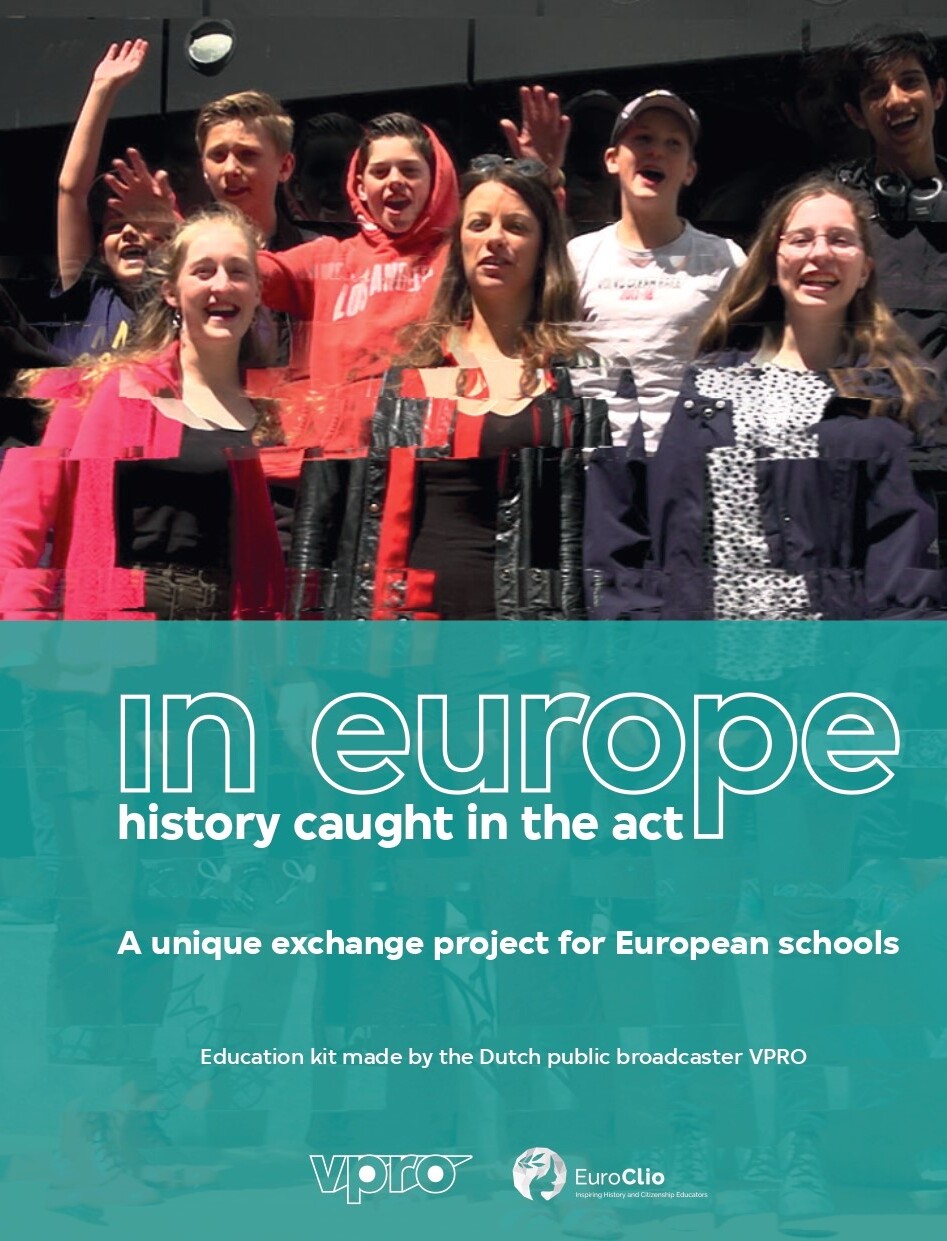Yerevan School # 60 is one of the many Armenian schools who joined the inclusive education movement in Armenia, using all possible professional development opportunities to improve the inclusive and enabling environment within the school. One of such opportunities is the implementation of “Project Citizen”, a community-based learning project supported by National Institute of Education and Teach for Armenia. The project aims at the promotion of citizenship education in a practical and engaging manner, asking mixed groups of students to tackle “community problems” and deepen their understanding of citizenship values.
The practice
- Creation of the team – the first step for the realization of the practice is, for the teacher, to create the team: a group of 14-15 years old students, teachers, and parents.In the case of our example, the team consisted of a group of 15 students selected on the basis of their abilities and interests. The practice works best for groups with 15-20 students.During this phase, the teacher presents him/herself as a “facilitator” or instructor guiding the work of the group. As an interactive excursive, It should be noted , that the role of a teacher is only to facilitate or organize the work of the group of students. Students identify issues of their interest, develop citizenship knowledge and skills, and enhance their learning through exploring the social ife and their role as citizens. Moreover, they are responsible for building up “knowledge blocks” and demonstrate active citizenship traits.
- Identification of a Community Problem – In the initial meeting between students and educators, the facilitator presents an overview of Project Citizens’ (PC) methodology to the team. The team, then, establishes a schedule for the upcoming meetings, and what will be the agenda. Students are tasked to find out public issues and challenges they and their communities face from their parents, peers, teachers, and friends as well as from TV, newspapers or other sources. Finally, in the last part of the initial meeting, students present a series of identified “community problems”, and vote on the most compelling issues. This becomes the object of all the work of the group.In the case of our example, students accorded to have 2-3 meetings per week to report and update the status of PC activities, encountered challenges, and plan next actions. They voted for exploring inadequate conditions of their school for ensuring inclusive education as their most compelling issue.
- Planning of Research and Data Collection: Then, the teacher divides the group of students in research teams, linked with their interests and abilities. The teacher facilitates the process of setting up the work-plan (schedules, timelines, document review), and each research team selects a team leader . The team leader coordinates the activities of research team members, sets up interview schedule, divides data digging between the team members, consolidates collected data and presented to the wider team of students.In our case, the teams were: a. artefact team, b. interview team, c. desktop study team. The artefact team was tasked to collect information on the challenges faced by students with special needs in their school and surrounding by taking photos, and looking for similar practices or success cases online. The interview team was charged to conduct interviews with teachers, administration, multi-disciplinary team, parents and students, including students with special needs. The desktop study team was assigned to look for information about best practices in inclusive education as well as relevant legislation.
- Data Collection: During t , the students work within their research teams, collecting the necessary data. This phase lasts usually up to four months depending on the available timespan and curriculum requirements.In our example: (1) the Artefact Team took photos and videotaped lessons with the participation of students with special needs to analyse and identify issues and peculiarities of inclusive teaching, preparing short videos and slides; (2) the Interview team extended and deepened their knowledge and understanding about the difficulties of students with special needs in a classroom by interviewing the special educator, speech therapist, social pedagogue, sign language instructor, and psychologist, as well as parents and teachers; (3) The Desktop Review Team explored the national legislation and inclusive education practices mostly in Armenian schools. They discussed and documented achievements of schools succeeding in their endeavours to promote inclusion and ensure the right to education for children with disabilities. Particularly, they studied the experience of Yerevan School #20 and Yerevan School #150, that are among the most advanced inclusive schools in Armenia.
- Data Analysis and Recommendations: It is important that the teams present their findings with one another in periodic meetings, to have an in-depth discussion of the findings, and a common way of presenting the findings outside the project.In our case, this happened in bi-weekly meetings. As a result of the discussion, the students determined the following format of presentations:
– Justification and degree of the problem – the inadequate conditions of the school for inclusive education
– Alternative solutions to the problem – how it can be improved? What the school community can do?
– Proposed actions for the school and identification of other actors who can help to address the problem. - Follow up Actions: In the last part of the project, the team tries to take concrete action to tackle the “Community Problem”. Such action varies according to the problem identified by the team during the first meeting.In our case, the team worked with their teacher and school principal to develop a short proposal for the improvement of physical conditions within the school, supported by the organizations World Vision and Bridge of Hope. As a result, the Individual Support Room was renovated and equipped, established a sensitive room for students with disabilities, obtained inclusive education teaching aid such as a mobile blackboard, magnetic learnings sets, developmental games and pictures, wheelchairs, etc. Parents also contributed to such improvements.
Obstacles and lessons learned
The implementation of a project with this degree of complexity requires the investment of time, both on the part of the teacher and of the student. Schools need to integrate project based learning into their school curriculum to solve the issue of timing. Depending on the community problem identified and on the composition of the team, the project can require between two months (as in our example) and the whole school year. Furthermore, in some instancesstudents might lack the specific skills to carry out tasks. In this case, more time has to be allocated for the teaching of such skills.
Finally, students might not have much experience in working in groups. This might be a obstacle in the early stages of the practice, but can be easily overcome thanks to the role of teacher as a facilitator of the communication within the team, as well as thanks to the responsabilisation of students themselves.
In the case of our example, an additional obstacle was the fact that students did not have any experience of working in a group encompassing also students with disabilities. Also in this case, careful work of the facilitators (Sona Danielyan and a specialist from the Ministry of Education affiliated National Institute of Education) and engagement of the school interdisciplinary team led to improved collaboration among students and inclusion and acceptance of students with special needs.
The effect of the practice
After the implementation of the practice, the classroom environment improved substantially: students started to treat one another equally, ignorance was eliminated, and a collaborative atmosphere started to be predominating. an extremely tolerant setting within the classroom was created. Students, in addition, felt engaged and willing to participate – they learnt about their rights and responsibilities, explored the national legislation, contributed to the achievements of the objectives of the project by fulfilling specific and individual roles during as part of the group. They proclaimed that they have an intention to approach government institutions and public organizations for external support. They felt members of a bigger learning community, and acquired a new set of skills and abilities.
Furthermore, the implementation of Project Citizen had an impact on the school as a whole: the school headmaster developed a better understanding of the community problem identified by the team; the multi-disciplinary team (1) members started to use more developmental games; parents committed to support teachers and inclusive education; the school created a room equipped with all the instruments needed to provide education to students with special needs.
About the interviewee
Sona Danielyan is a deputy director and a teacher of history and citizenship at Yerevan #60 School. She coordinates the inclusive education programmes at her school. As a teacher of social studies, Sona initiates and facilitates community based learning projects with upper middle school students by engaging young citizens in real life learning. She publishes articles in local periodicals. She was the first to pilot the Project Citizen with students with special needs.
Background to the project
The Armenian Ministry of Education and Science affiliated National Institute of Education and Teach for Armenia initiated a project to enhance contemporary teaching and learning practices in schools of Yerevan. They have identified the Project Citizen – an interdisciplinary curricular program that promotes competent and responsible participation in local and state government – as a model for enhancing pedagogical practice and real live learning among young learners. Over the last decade, the Armenian Center for Citizenship Education – CIVITAS supported the education authorities and teachers in Armenia to engage school students in identifying a public policy problem in their community, evaluate alternative solutions, develop their own solution in the form of a public policy, and create a political action plan to enlist local or state authorities to adopt their proposed policy.
The example reported in this practice deals with a group of 15 school students (9 girls, 6 boys) from 8th grade level (14-15 years old), who participated in the project in February and March 2015. This group comprised also two girls with hard-of-hearing, and hyperactive students, and students from socially vulnerable families. The school multi-disciplinary team and around 10 parents supported the teachers and children in designing and implementing the project.
Additional information
A complete description of Project Citizen, together with all the necessary support material, can be found at http://www.civiced.org/pc-program
More information about Vahan Teryan Yerevan School # 60 can be found on its website: http://yerevan60.schoolsite.am/
(1) The multi-disciplinary team is a group of educators who need to help a child with special education needs to learn and overcome the curriculum. The members of the team are: a special educator (a speech therapist or a tiflochagogist), a social pedagogue, and a psychologist. The team also works with teachers to develop the child’s individual learning plan based on learning needs of the child.
Written by the Armenian Center for Democratic Education CIVITAS team based on an interview with Sona Danielyan from Yerevan Basic School # 60 on 20 May 2017.

